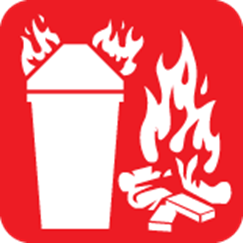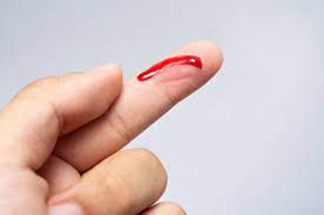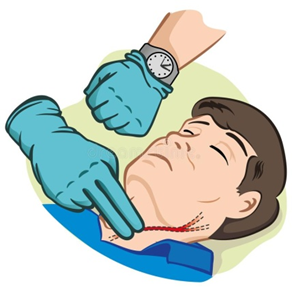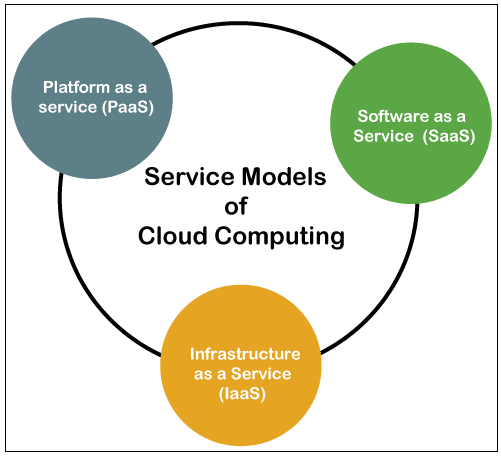#10 THE FIRE TRIANGLE

What is fire? Chemical reaction between oxygen in the atmosphere and some sort of fuel gives Fire. The fire triangle is Oxygen, fuel, and heat. Combustion happens when fuel reacts with oxygen to release heat energy Fuel+O2→CO2+H2O+heatenergyOxygen(Combustion products) Combustion that results in a flame is very fast and is called burning. The Fire Triangle This is The Fire Triangle. Actually, it’s a tetrahedron, because there are four elements that must be present for a fire to exist: Oxygen to sustain combustion Heat to raise the material to its ignition temperature Fuel to support the combustion Chemical reaction between the other three elements Remove any one of the four elements to extinguish the fire. The concept of Fire Protection is based upon keeping these four elements separate. Types of Fires Not all fires are the same. Per NFPA 10, burning may be classified into one or more of the following fire classes and your fire protection specialist will select the right fire exti


